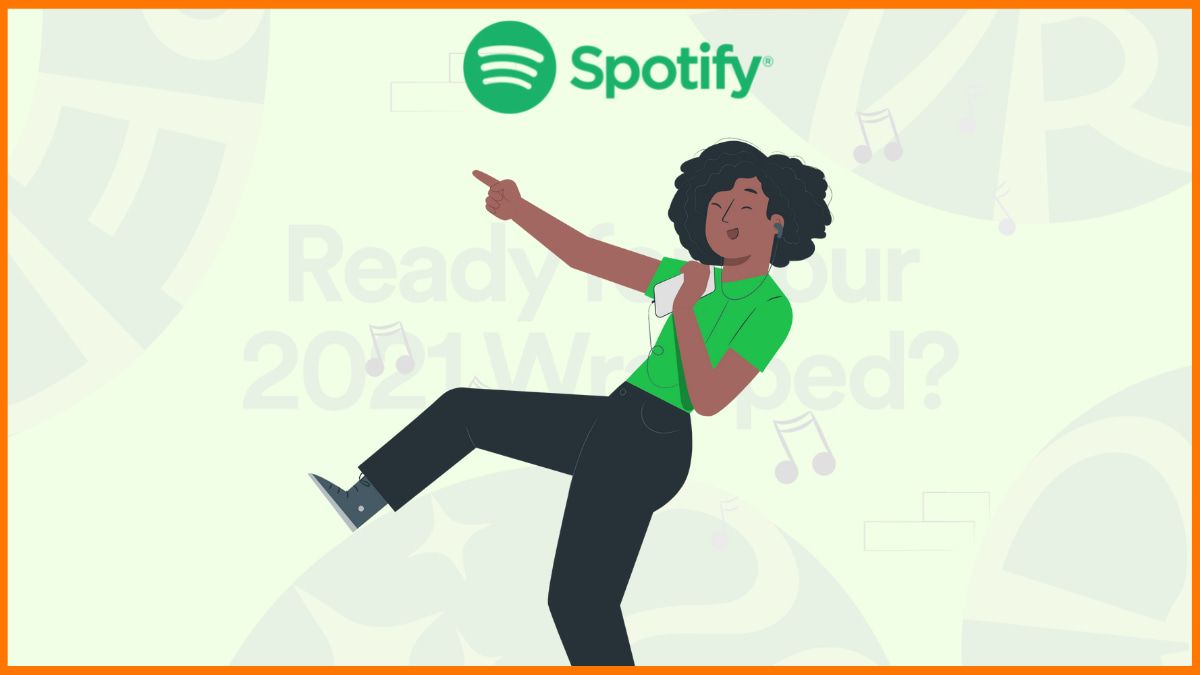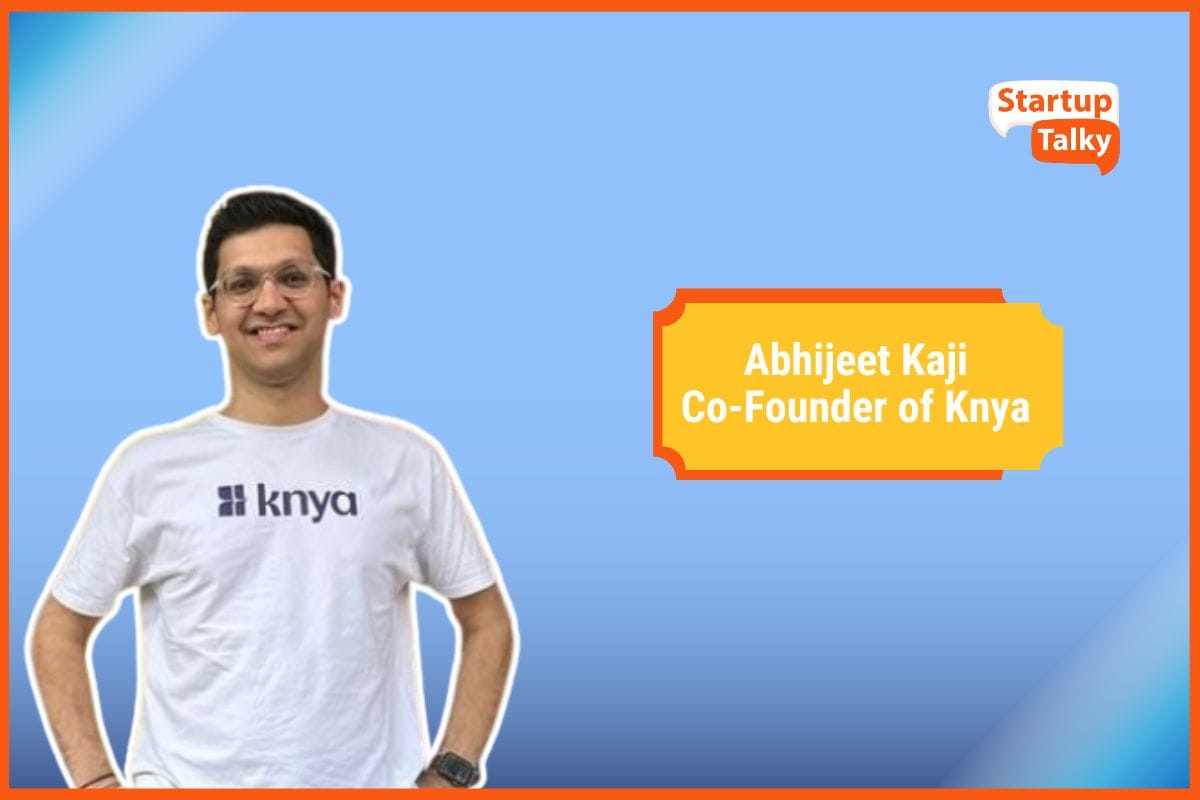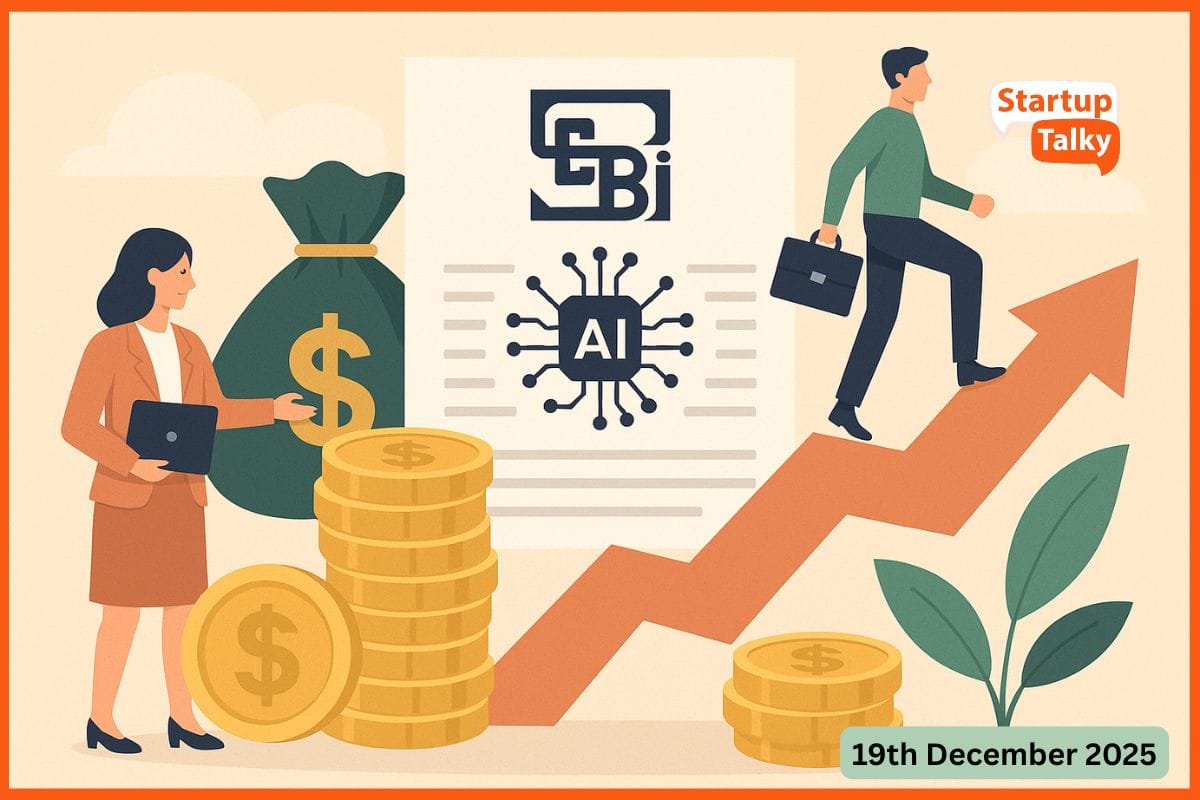The Rise of the Global Counterfeit Industry and Its Impact on Original Brands (Case Study)
🔍Insights
Would you wear a counterfeited shoe, if nobody else around you can tell if that is fake or not? The answer may vary as it is a very subjective thing. However, we can note that most people will say yes. The reason is simple. Brands are super expensive and if you want to look trendy and all cool, then you might want to consider counterfeited stuff. A counterfeit good is relatively highly cheaper than the original. Not only this, but the fake product will also look exactly the same as the original product, making it more likely to be bought.
I bet you have already seen counterfeits or fakes of originals, even for once in your life. They are quite everywhere. You can find ‘Air Jordans’ at a price of a cake, a ‘G-shock’ bad copy at about four dollars and Adidas apparel at a local market. All of these are obviously fake or counterfeited to look almost exactly the same. The quality? not at all the same. This article is about the unseen black market of counterfeits at the global level. Read on to know how and why their business is booming and how you can not fall for them.
“Almost all absurdity of conduct arises from the imitation of those whom we cannot resemble.”
― Samuel Johnson
What are Counterfeit Products?
Why Do People Buy Counterfeits?
Types of Counterfeits
The Market Size of the Counterfeit Industry
What is the Effect of Counterfeiting Products on Luxury Brands?
What’s in the Logo? (The logo game)
After-Effects of Counterfeiting
Brand’s Response to Counterfeiting
FAQ
What are Counterfeit Products?

Counterfeited goods are goods that are not original. They look the same and has all the features but are fake. The hype for fashion brands is so much all around the world. This hype has led to people trying to tap into the market with copies of the original. The fakes look the same with no guarantee of quality.
Not to mention, counterfeiting is a crime and has legal consequences. Most of the time, a counterfeit uses the very mechanism that a consumer uses to buy original brands. They use the brand name, logo or a phrase that only the real and original company uses to fool customers. For example, the famous “Just do it” phrase of the sportswear brand Nike is hugely counterfeited to lure people into buying fakes.

Brands such as Adidas are also not lagged behind in this, they are copied too. Fake producers or manufacturers try to steal the very authenticity of a brand and in doing that deceive people with fakes.
In Fact, the most copied brands are those brands whose market value is high. For instance, the most counterfeited brands are - Nike, Louis Vuitton, Gucci, Rolex and Prada. All these brands have the best goodwill in this world.
Counterfeiting, as mentioned before, is a fraudulent imitation (a forgery) of a trusted brand and product, and it is considered a serious crime. Under U.S. federal law, criminal counterfeiting offences can be punished for life (in the prison) and up to $30,000,000 can be asked to pay in fines. Counterfeiting can also be prosecuted as a felony (acquisition or concealment) in most states in the United States.
Why Do People Buy Counterfeits?
There can be many reasons why people buy counterfeits. However, there can be many common and obvious reasons for people buying counterfeited products, the list surprisingly does not end here only. Among all the reasons that are common let us discuss every reason why they do this. Let us dive into why this type of industry is booming without any sort of recessions,
Cheaper in price
This one is an obvious reason. People tend to turn towards products that are fake because they are much cheaper. They are much cheaper than the relative original products. For example, a counterfeit bag can be purchased for 12 dollars while the original branded bag may cost as much as $500 dollars. This huge price gap makes brand lovers move to a counterfeited product and thus this keeps the industry of fakes moving.
Latest trends
We live in a world that is changing at a super rapid pace. Not only technology is becoming obsolete fast, but fashion also is not behind in this race. You jump on to one trend and voila! There is another trend waiting to happen. The fashion world has also turned into a hyper changing world. Everywhere you go you see fashion trends, be it on print media, social media and whatnot.
Making a fashion statement every time you go outside can be hazardous to your pocket. This is not a bad trait or a bad thing. Everyone is just trying to look cool and stay on the trend that’s running elsewhere. Sometimes this pressure to stay in the trend can lead a person to buy first copy products. It is easier on the pocket and makes you the centre of attention instantly.
Ignorance at work
In this modern era, where we jump to a website for even small little things, it is normal to fall for fakes. Anybody can sell anything online, without much of a hassle. Sometimes what happens is that people buy products online believing that they are buying an original.
Many times, they are sold counterfeited or knockoff products that can lead to a damaging effect on the original brand name. While people buy it in ignorance, the revenue generated by these deceptive businesses is often quite huge.
A famous example can be taken off Amazon. Anyone can sell anything on Amazon without much pre-requisite. This has taken hostage the hopes of many online shoppers and now they only believe the brand's original website.
Types of Counterfeits
Any product that steals the charisma of a reputed brand is a counterfeit. However, when it comes to the legal aspect of counterfeiting, the definition has many types and turns. We are trying to discuss some of them here.
Piracy
Piracy is the most common type of counterfeiting that involves people obtaining copies of the original work, and that is done without the maker’s permission. They copy it from the internet, or they download it from somewhere (If that is a digital asset).
Piracy is a big problem for all artists in and around the globe. Music can be made freely available easily and that too without the artist's permission. It is the same with sneakers, same with clothing and all sorts of accessories.
There are many laws to protect it like one that says - Making unauthorised copies of copyrighted music recordings is against the law and may subject you to civil and criminal liability. A civil lawsuit could hold you responsible for thousands of dollars in damages. Criminal charges may leave you with a felony record, accompanied by up to five years of jail time and fines up to $250,000 (Title 17, United States Code, Sections 501 and 506).
Trade Secret Infringement
A trade secret, as the name suggests is a set of rules or checkmarks that a company follows internally for its products. The secret formula for Coca-Cola, which is locked in a vault, is an example of a trade secret that is a formula or recipe.

Usually, patent infringement and trade secret infringement go hand in hand and they happen together. If that secret of a brand is made public then, it will have a catastrophic impact on the brand value of that corporation.
Patent Infringement
This law is broken when someone breaks the rules of someone’s patent. A patent can be defined as a contract that excludes or stops others from making, using, or selling an original invention by the patent holder for some years. If someone does anything against that patent, that is known as patent infringement and is liable for punishment or penalty as the law suggests. However, it is to be noted that patents are territorial in nature.
So that means, if a patent is registered in the United States, then anyone in the United States is prohibited from disobeying the patent. However, elsewhere in the whole world, the invention can be exploited to any extent in their country where the patent is not registered.
The Market Size of the Counterfeit Industry
The industry’s scale of counterfeited goods is as big as the fashion industry itself, if not bigger than that. The hype of fashion and trendy wear is so much and thus they invite fakes from every nook and corner of industries.
According to the International Anti Counterfeiting Collision (IACC), the total market value of all the counterfeiting sold products all over the world, was 1.5 trillion dollars in the year 2015. This is a huge old number and we can only assume how much in magnitude it is growing and at what pace.
If we talk about scaling the counterfeit industry at the global level, the numbers will be shocking. The global counterfeiting industry is literally expected to hit the $4.2 trillion mark by 2022. Moreover, with these skyrocketing numbers, fashion industry losses are also skyrocketing.
The fashion industry according to reports lost about 50 billion in 2020 alone, due to the sale of fake products. Clothing, as we note later on in this article, appears to be the most counterfeited product in the market. They are followed by the products in the cosmetic industry, personal care, watches and jewellery, luggage and luxury handbags.
The growing importance of intellectual property rights in knowledge-based economies has generated concerns about the potential adverse effects of counterfeiting and piracy on governments, rights holders and consumers. Footwear is the most counterfeited category amongst all.
A recent OECD study on counterfeiting and piracy (in 2008) attempted to quantify the scale of the effects due to these illicit activities. This study focused on the infringement, through counterfeiting and piracy, of trademarks, copyrights, patents and design rights, to the extent that they involved physical products.
Counterfeiting is not a small business but is a very big and scalable business. It can be stretched to any point if not checked and regulated. In the Fiscal Year 2020, the Department of Homeland Security seized over 26,000 shipments of counterfeit goods valued at over $1.3 billion at U.S. borders. This is just random news of one locality but globally the counterfeiting industry is so huge. Not just on the producing side but as well on the consumption side. The trends of growth in the global counterfeit market are led by consumer demand and then an equivalent supply comes out of the blue.

What is the Effect of Counterfeiting Products on Luxury Brands?
This is obvious to note that when a counterfeit is sold in the market and someone purchases it, the loss is borne by the original brand. The original brand whose products are being counterfeited has to bear the loss of revenue due to the fake product. Each and every sale of this type further and further decreases the profitability of brands.

We can easily see from the above graph that the most counterfeited products are in the clothing industry. The reason can be easily ascertained in a manner that “clothing” is the most visible item of attire. So people love to buy these products that are noticed easily without further (and forceful) flaunting. The second most counterfeited item lies on the face of pharmaceuticals all over the world. All these cause losses of real cash for globally reputed brands.
What’s in the Logo? (The logo game)

A logo is the main point of identification, it is the first thing that people notice. It also works as a differentiating factor from other products. Thus, it acts as a quality stamp for a product or service or even experience.
Honestly, it's all about the logo. A famous logo helps connect instantly with the values that the brand follows. It is a super important thing to be working at because it is the first impression. It is literally the first impression that customers get of the brand. If it is bad, it will lead to a bad impression and if it is thoughtfully made then it will lead to a good first impression.
A first good impression then can lead to a customer walking in your store and then most probably buying something from you. It’s memorable, acts as a separator, and even customers expect it.
Business people or entrepreneurs spend a good amount of time and money on making designs for their brands. They know how crucial they are in building a brand image out there in the public. All the things have to be taken care of while making a brand logo, be it the size of the logo, the story it tells, the colour it wears and much more.
Speaking of counterfeited goods, a logo is their main attraction. The quality might not match with the real original product but the logo is mostly a work of fine art. People buy it for that specific purpose only, they just want to look good from a distance. No one checks the quality of a product, the logo is the only thing that shines and can communicate fashion trends.
After-Effects of Counterfeiting
Once you buy a fake product and show it off to your circle of friends, the story doesn't end here. There are many after-effects to it. The most common and easily seen effects that can affect you are listed here -
Stealing taxes
The counterfeit product not only costs some bucks to the company or to you, but it also costs the city where you reside. Why do you ask? Because counterfeiting people don't pay taxes. Tax comes from products that are rightfully made and supplied, it comes from legit sources and legit manufacturing. All these aspects are not present in the fake market, so it is clear stealing of taxes.
It's Illegal
This point has been seen over and over again in previous paragraphs, that it is illegal to manufacture fake products and it is also illegal to buy and promote fake products. It hurts the company that puts in all the original efforts to make and market the products. This hurts the creative process and literally every process (Unique to itself) that the company goes through to get the product on to customers.
Health Hazardous
Again, any fake good or product of any sort can be hazardous to your health. As we saw in the above graph, the pharmaceutical industry is the second most counterfeited industry. This raises concerns about which medicines are real and what are fakes. If chosen wrong, they can be bad for your health. So, a small discount can go a long way in deteriorating your health.
Brand’s Response to Counterfeiting
In the year 2017, top sportswear brand Nike thought of selling its products (shoes and clothing mostly) via Amazon. They were determined to cut off the fake products being peddled over Amazon. Soon after, they had to cut off the strategy and they began to pull out all their ties with Amazon. The reason was again “fake counterfeits”.
Amazon even tried to filter out all the fake names but it didn't work. Even after delisting, the fake stores popped up again on the website with another name. Due to the high magnitude of fakes in the Amazon market, Nike’s originals were even badly rated.
Since then, Nike has been investing in customer relationships with direct connection to them and thus on brick and mortar stores. Nike has been investing in creating new store formats, such as a 68,000 square foot flagship store in New York.

Nike’s response denotes what the brands are doing in this regard. While they can’t shut each and every counterfeit producing entity, what they can do is educate their customers. That is what brands are doing, they are trying to reach out to customers directly. They are investing in brick and mortar stores, maintaining their websites like there is no tomorrow etcetera.
All these tricks are working too, they are able to capture quality customers. Now, people who want to buy originals know where to get them. The most trusted way to buy any genuine product still remains the brand’s website and its brick and mortar stores. This is the way out, to educate customers.
Another way is to track every item the brand produces, all its appearances and where they live at the moment. To note everything also includes leveraging new solutions, like the blockchain. Louis Vuitton is working closely with Microsoft and ConsenSys to create the Aura Ledger, which will closely trace the origins of their luxury products.

Conclusion
The industry’s size of counterfeited or first copy products is as big as the fashion industry itself, if not bigger than that. The hype of fashion and trendy wear is so much and thus they invite fakes from every nook and corner of industries.
The game of counterfeits is run by the fashion trends and the people who will go to any length to hop on every trend wave. Any fashion that changes rapidly is known as fast fashion. In this ever-changing world, fast fashion is the keyword in any fashion industry across the globe.
The hype around these topics and the urge to look good at any cost are setting the fuel for counterfeit markets. The price of these fakes have eventually to be paid by originals and the middlemen who manufacture these products get to earn some real quick cash. However, some believe that these counterfeits are free marketing for the originals but the big picture tells a different story.
Nike's are the most copied brand and this establishes some curiosity to try out the real originals. Whatever is the conclusion on the counterfeiting industry, we know that it is fishy in quite every sense. Henceforth, when you want to buy some trend-setting products, go to the store directly or shop from their official website.
FAQ
How big is the counterfeit industry?
The counterfeit industry is worth more than $500 billion.
Which country imports the most counterfeit goods?
China is the biggest exporter of counterfeit goods with on the top with estimated half-a-trillion dollar worldwide imports of counterfeit and pirated goods.
What is the most counterfeited brand?
Rolex is one of the most counterfeited brands in the world.
Must have tools for startups - Recommended by StartupTalky
- Convert Visitors into Leads- SeizeLead
- Website Builder SquareSpace
- Manage your business Smoothly Google Business Suite






